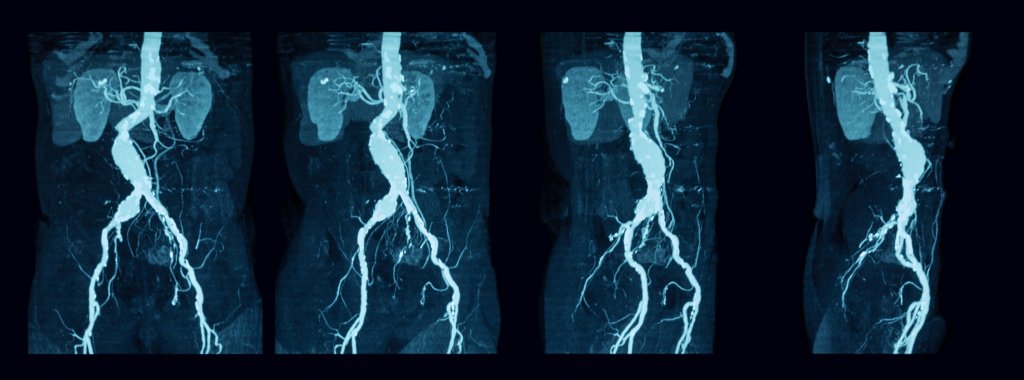Pulmonary angiography is a procedure that is used to detect blood clots in the lungs.
During a pulmonary angiography procedure you lie on an X-ray table and are attached to an electrocardiogram (ECG) machine.
A catheter (a long, thin, flexible tube) is inserted into a vein in your groin or neck and fed into the pulmonary artery (see diagram below). A specialist then injects a dye into the arteries of the lungs through the catheter. The dye helps to highlight any blockages to blood flow (e.g. blood clots) on the pictures of the lungs taken by the X-ray machine.

